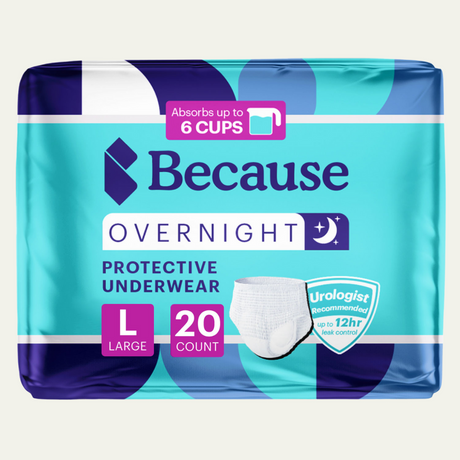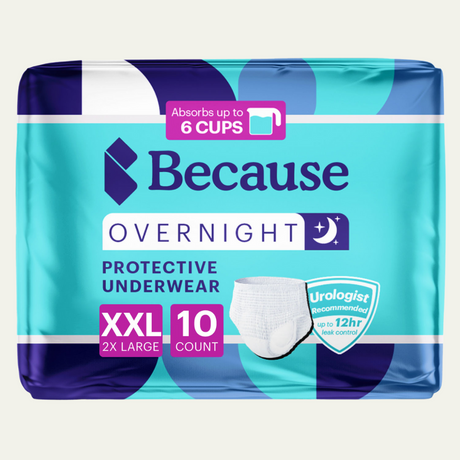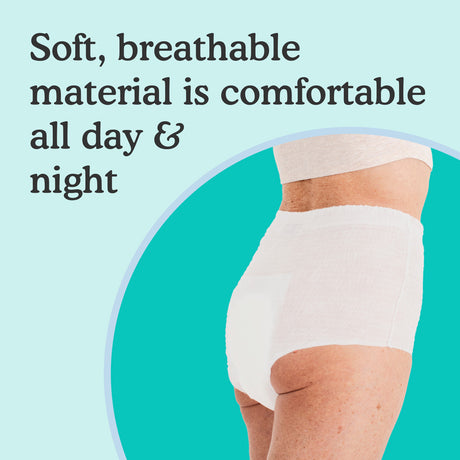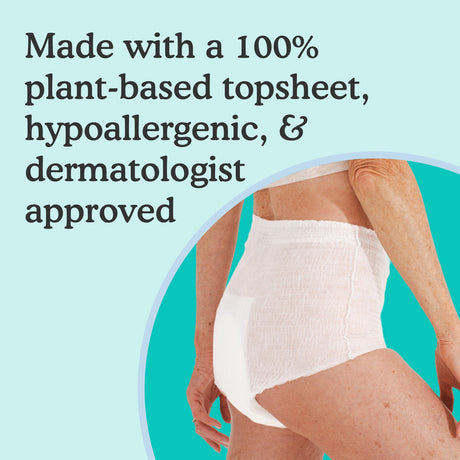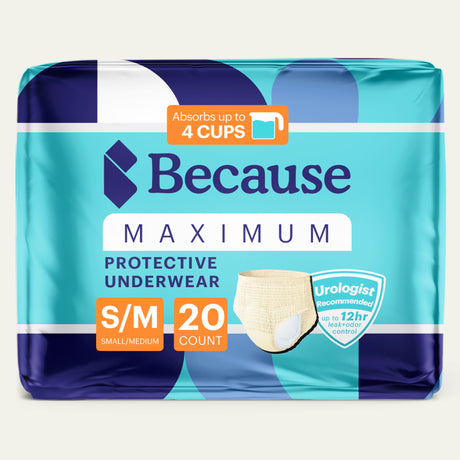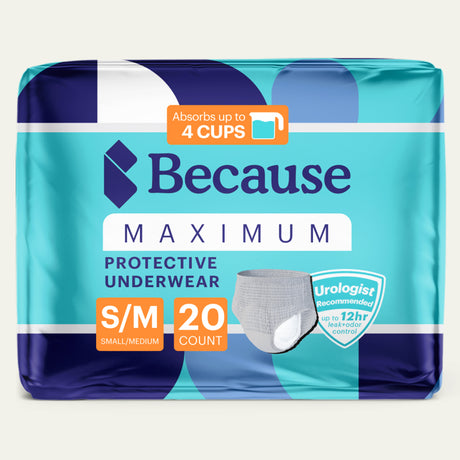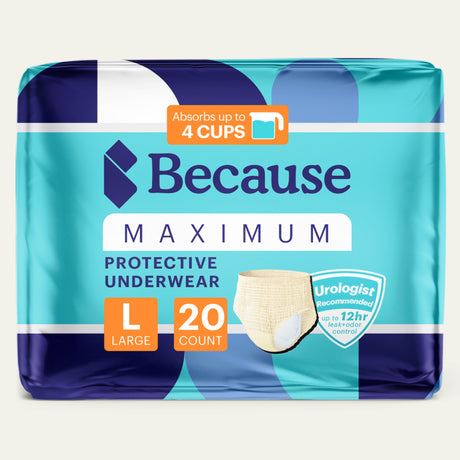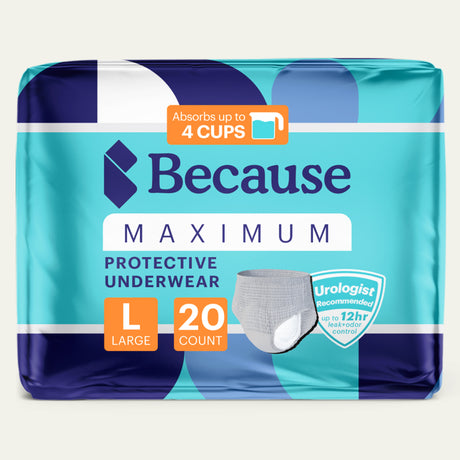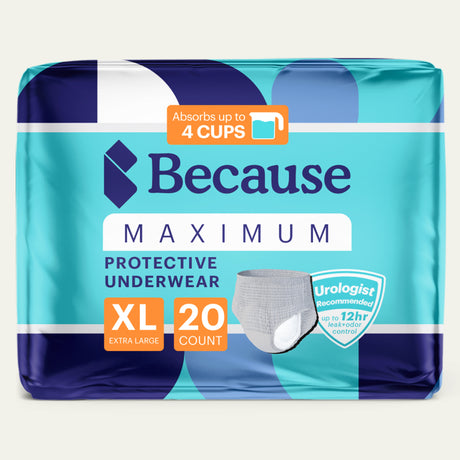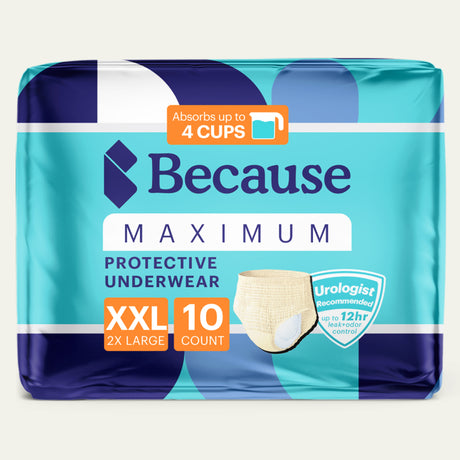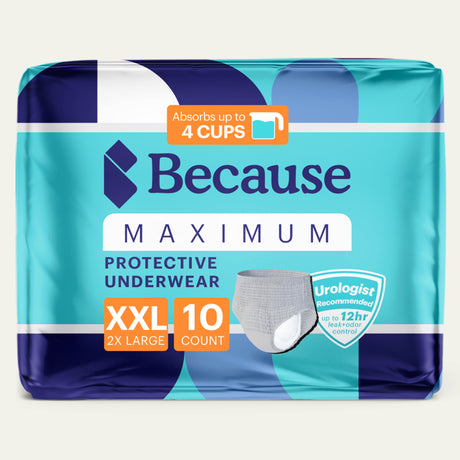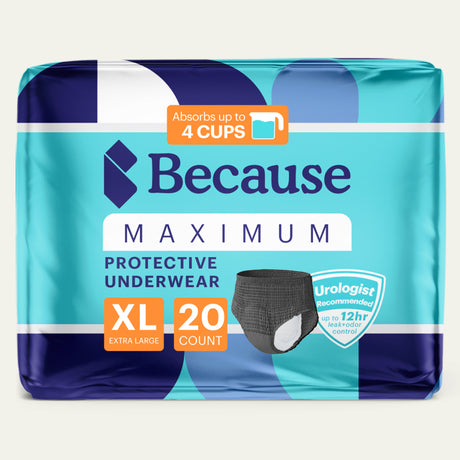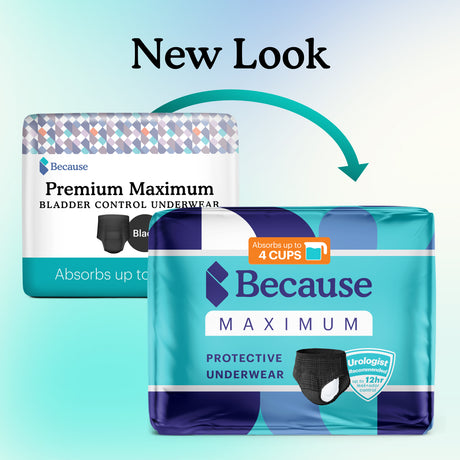Written by Dr. Ammar Mahmoud
Urinary incontinence is an underreported and embarrassing condition that affects millions of women. Simple actions such as laughing, coughing, or sneezing can cause unexpected leakage, greatly impacting one's quality of life.
While Kegel exercises may suffice as an incontinence treatment in some women, these pelvic floor exercises may not be sufficient and this limitation underscores the need for advanced treatments that provide more effective solutions to improve women's health.
Understanding Urinary Incontinence
Urinary incontinence is the involuntary leakage of urine, a condition that can range from occasional minor leaks to more frequent and severe incidents.
The main types of urinary incontinence are:
- Stress Urinary Incontinence: This occurs when there is a loss of bladder control due to increased intra-abdominal pressure from activities like sneezing and coughing. It is often caused by weakness in the urethral sphincter or pelvic floor muscles.
- Urge Urinary Incontinence: This is characterized by an urgent need to urinate followed by involuntary leakage owing to overactivity of the detrusor muscle of the bladder. Causes can include bladder irritation or loss of neurologic control such as in spinal cord injury.
- Mixed Urinary Incontinence: This type involves symptoms of both stress and urge incontinence, leading to involuntary leakage from the combination of causes.
- Others are Overflow Urinary Incontinence and Functional Urinary Incontinence.

Why Kegels Might Not Be Enough
Kegel exercises are widely recommended for strengthening pelvic floor muscles, improving bladder control, and reducing stress urinary incontinence. They are simple, non-invasive, and do not require special equipment, making them accessible for many women.
However, Kegels have limitations. These exercises alone might not restore adequate muscle strength for individuals with significant pelvic floor dysfunction. Additionally, Kegels primarily address stress incontinence and are less effective for other types, such as urge incontinence or those caused by neurological issues.
Options like Femilift, biofeedback (an advanced form of pelvic floor therapy), medications and even surgery are alternatives to Kegels for incontinence and can provide greater symptom relief.
For those who find that Kegel exercises are insufficient for managing urinary incontinence, advanced treatments offer promising solutions. These treatments range from non-surgical options to more invasive procedures, each designed to provide relief and address different aspects of incontinence.
Non-Surgical options
Enhanced Pelvic Floor Therapies
These treatments complement traditional Kegel exercises by enhancing their results or providing an alternative for those who struggle with voluntary muscle contractions. They include:
- Biofeedback: This technique uses sensors to provide real-time information on muscle activity. By visualizing their muscle contractions on a screen, patients can improve their control and strength, making their pelvic floor exercises more effective.
- Electrical Stimulation: Low-level electrical impulses are used to stimulate the pelvic muscles, promoting muscle strength and coordination. The electrical pulses mimic the muscle contractions achieved through Kegels, helping to strengthen the pelvic floor muscles.

Medications and Injections for Urinary Incontinence
These treatments are used to relieve urinary incontinence by targeting different aspects of bladder control.
Anticholinergic and Antispasmodic medications such as:
- Dicyclomine hydrochloride (Bentyl)
- Fesoterodine (Toviaz)
- Solifenacin (VESIcare) and
- Oxybutynin (Ditropan XL)
are taken orally and work by blocking acetylcholine, a neurotransmitter that causes bladder contraction. They help manage urge incontinence and mixed incontinence.
Beta-3 Adrenergic Agonists such as Mirabegron and Vibegron, relax the bladder muscle and improve bladder function.
Injectable Treatments
- Botox (Onabotulinum Toxin Type A): This is a neurotoxin used to treat urinary incontinence by relaxing bladder muscles through the prevention of acetylcholine release. Administered via intradetrusor injections, it is effective for patients with neurological conditions and overactive bladder who do not respond to other medications.
- Urethral Bulking Agents: Primarily used for stress incontinence, these agents are injected around the urethra to narrow it and prevent leakage.
These medications and injections offer various options tailored to specific types of incontinence, enhancing treatment outcomes.
Non-Invasive Pelvic Floor Treatments
- Femilift: This innovative procedure leverages fractional CO2 laser technology to stimulate collagen production and enhance the strength and elasticity of the pelvic floor muscles, providing better support to the bladder and urethra. Femilift also offers the added benefit of vaginal rejuvenation. So, it's more like two for the price of one.
- Radiofrequency (RF) therapy: This non-surgical treatment for urinary incontinence uses radiofrequency energy to deliver controlled heat to the pelvic floor tissues, stimulating collagen production and enhancing tissue strength.

Surgical Options for Managing Urinary Incontinence
Surgery is typically considered a last resort for treating urinary incontinence when other methods fail to provide relief. Various surgical approaches are available, each tailored to different types of incontinence.
Surgical Treatments for Stress Urinary Incontinence:
- Urethral Sling Procedure: This surgery involves placing a supportive "sling" beneath the urethra. The sling helps lift and stabilize the urethra and surrounding muscles to prevent involuntary leakage.
- Colposuspension: In this procedure, stitches are placed on either side of the bladder neck and secured to adjacent ligaments. This action lifts the urethra and vaginal wall, providing better support and reducing the likelihood of leakage.
- Artificial Urethral Sphincter: An implanted device that encircles the bladder neck like a cuff. It features a pump located in the scrotum or lower abdomen, allowing patients to inflate or deflate the cuff as needed to control urine flow.
Surgical Treatments for Urge Urinary Incontinence
- Nerve Stimulation Techniques: These involve Sacral Neuromodulation and Percutaneous Tibial Nerve Stimulation. Both methods manage bladder dysfunction by modulating nerve activity.
- Augmentation Cystoplasty: This major surgery enlarges the bladder by grafting a piece of intestinal tissue into the bladder wall. It’s typically used for severe cases where the bladder capacity needs to be significantly increased.
Choosing The Right Treatment
Choosing the right treatment for urinary incontinence involves carefully evaluating the severity of symptoms, underlying causes, and individual preferences. It's crucial to consider various options with reputable healthcare providers as they can discuss the benefits, risks and effectiveness of each treatment and the overall impact on quality of life. They can also develop a tailored plan with you to address your needs.
Conclusion
Managing urinary incontinence effectively involves exploring various treatment options. While Kegel exercises are useful for some, they may not suffice for all cases. Advanced treatments such as Femilift, radiofrequency therapy, and medications offer additional relief, while surgical options address more severe conditions.
About the Author:

Dr. Ammar Mahmoud is a board-certified, highly experienced cosmetic gynecological surgeon offering minimally invasive and non-invasive vaginal rejuvenation procedures in New York City.
Sources:
National Institute of Diabetes and Digestive and Kidney Diseases. (2021, Nov.). Kegel Exercises. National Institute of Health. https://www.niddk.nih.gov/health-information/urologic-diseases/kegel-exercises
American College of Obstetricians and Gynecologists. (2023, May). Surgery for Stress Urinary Incontinence. https://www.acog.org/womens-health/faqs/surgery-for-stress-urinary-incontinence



